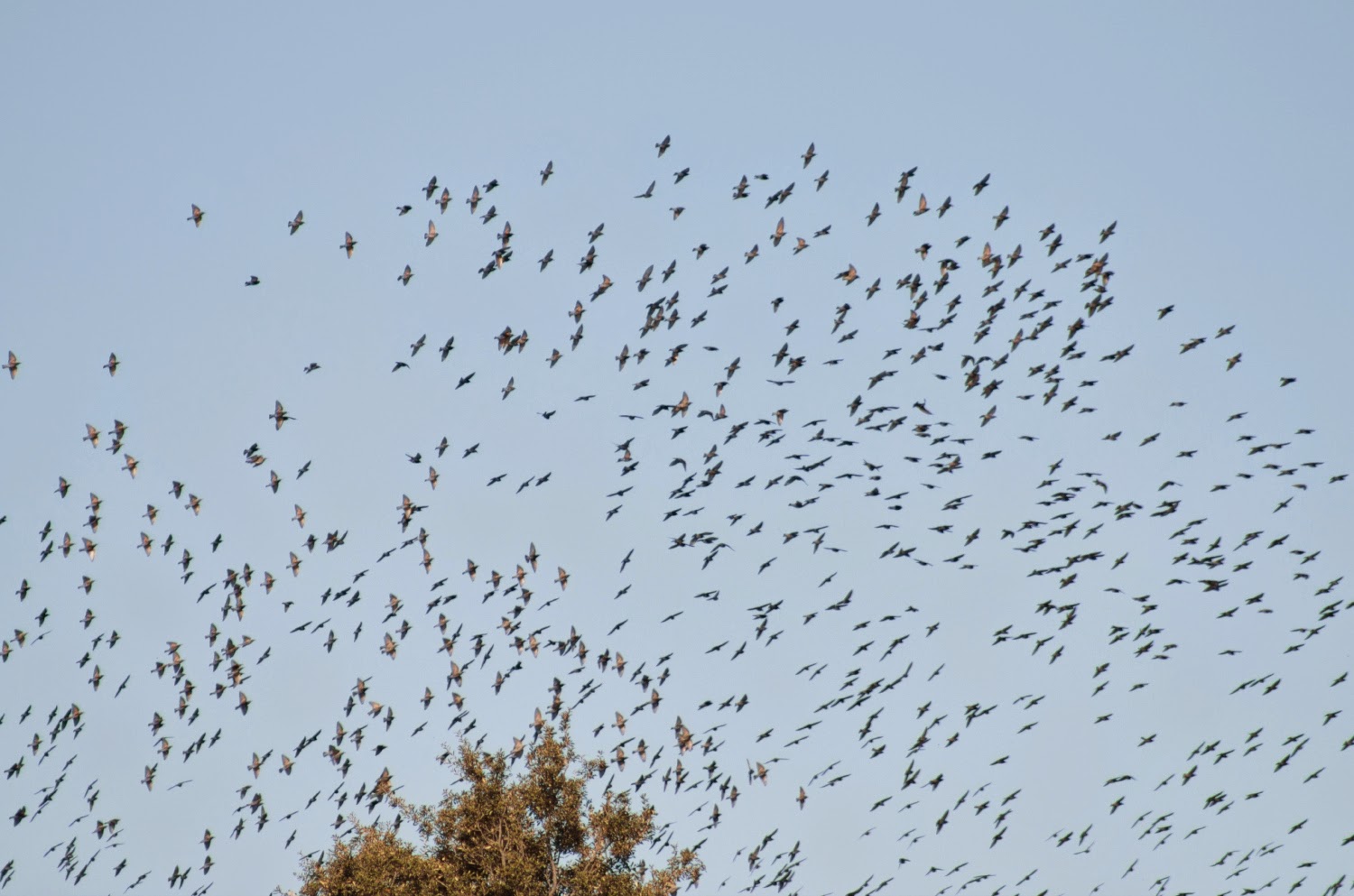In my previous post, I wrote about my day trip on November 21st to the Mississippi Gulf Coast and posted photos from my bird sightings at Ken Combs Pier. Continuing on, I left Ken Combs Pier and traveled east on Highway 90 toward Biloxi. I turned in and circled around what was once the Broadwater Beach Marina in Biloxi. The marina is long gone, but the area remains popular for fishing. The Broadwater Marina Lighthouse was once a part of the President Casino Broadwater Resort, which was destroyed by Hurricane Katrina. The lighthouse sustained damage during the hurricane but has been repaired.
 |
| Broadwater Marina Lighthouse |
 |
| Biloxi Lighthouse |
Traveling further on Highway 90, I stopped for a moment to capture the above shots of the Biloxi Lighthouse. Constructed in 1848, this is the second-oldest cast iron lighthouse in the U.S. The interior of the lighthouse was restored in 1990 but suffered extensive damage during Hurricane Katrina. Interior repairs were completed in early 2010.
Across the highway, I spotted some birds on the east shore of the Biloxi Lighthouse Pier. Of course, I had to investigate...
There were no surprises on the shore of this pier-
Pigeons-A-Plenty...
More Black Skimmers...I took note that most of the time these birds stand with their face to the east, unless they're napping with their heads tucked in.
Look closely at their bills and you'll know why they're called Black "Skimmers". Do you see it? The lower mandible in longer than the upper. Additionally, the bill is knife-thin. The bird drags the lower bill through the water as it flies along, hoping to catch small fish. When the mandible touches a fish, the upper bill (maxilla) snaps down instantly to catch it.
Of course there were Laughing Gulls near the water's edge...
The Beau Rivage Marina Lighthouse can be seen east of the Biloxi Lighthouse Pier. Maybe on my next trip to the gulf coast I'll take a closer look.
I hope you are enjoying my photos from the Mississippi Gulf Coast. Most of you that are familiar with the area know that nearly everything along this coast was destroyed during Hurricane Katrina. The beautiful old homes, historic buildings and huge trees that once graced the coastal highway are gone. That was 9 years ago. Recovery has been a gradual, painful process, but the cities of Gulfport and Biloxi have made tremendous progress since.
Thank you for visiting. Have a wonderful weekend Peeps!
















.jpg)




































